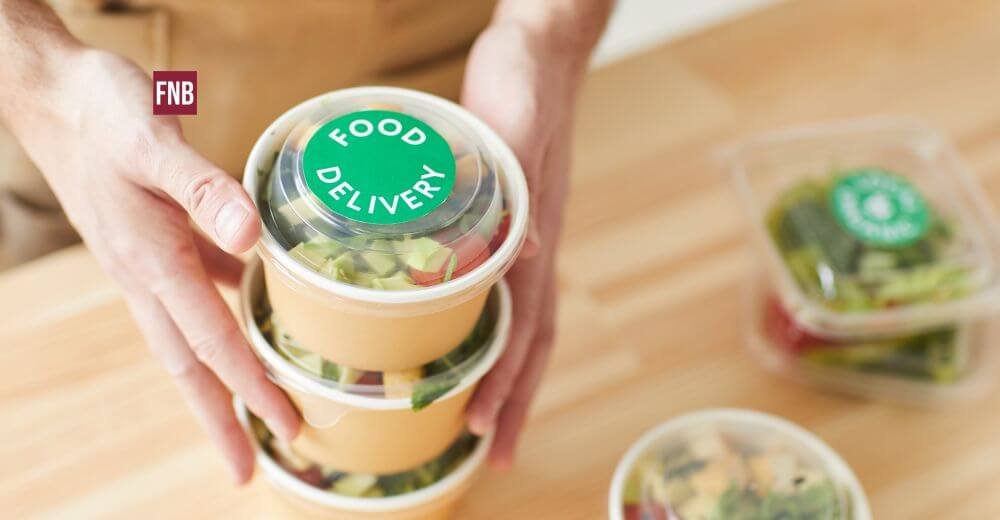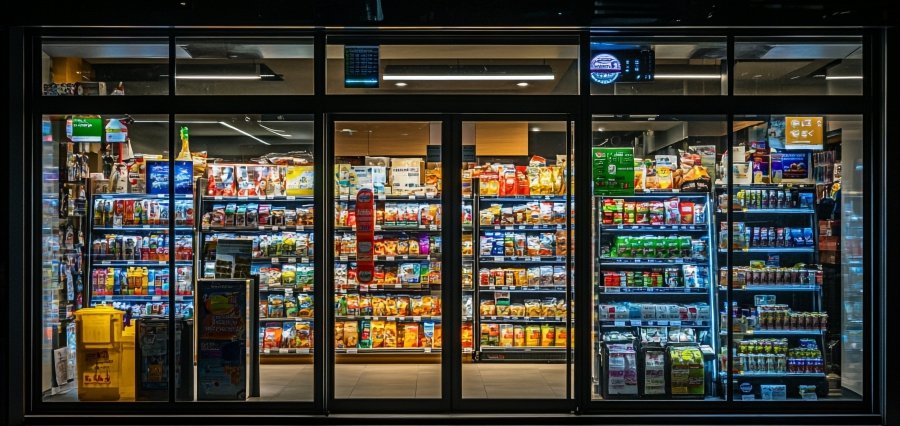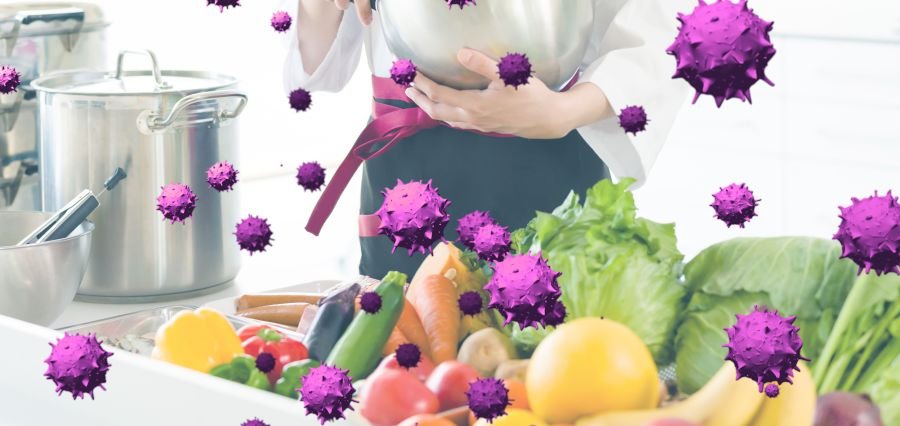In the quick-moving life of online buying and e-commerce that exists nowadays, food packaging has well moved beyond its simple origins of keeping and holding the products. Today, it has an integral role to play in influencing the minds of the buyers and the purchasing decisions that they make. From the box’s color to the language used on the label, nothing conveys thousands of not-so-obvious—or sometimes not-so-subtle—messages to consumers. As competition in the food industry heats up, companies are giving more thought to how packaging can make an impression on the shelf.
First Impressions Matter: The Impact of Visual Appeal
The saying “don’t judge a book by its cover” has limited applicability in retail stores or online. Consumers have been shown to make choices in milliseconds, and packaging has much to do with such a speedy decision.
The aesthetic elements of color, shape, typography, and image immediately call for attention and exert a psychological effect. For instance:
- Green would typically convey health, freshness, or environmental sustainability.
- Red and yellow were also found to stimulate appetite and draw attention instantly.
- Simplicity in design can also suggest high quality or natural ingredients.
Brand recognition comes into play here as well—repeated use of colour combinations, logos, and design elements form familiarity and trust, and consumers will be keen to pick a familiar brand over a rival one.
Packaging as a Communication Tool
Packaging does more than simply attract attention—it speaks. Consumers are more interested now than ever in what is in the foods they consume and where their food was manufactured, and packaging is one of the most common sources of information on these issues.
Clear ingredient disclosure, nutrition charts, dietary identifiers (i.e., gluten-free, vegan, or non-GMO), and country of origin inform and confidence-build consumers with respect to consumer purchasing choices. Transparent packaging in the form of windows or clear panels also builds trust since the buyer can see the real product before deciding to buy.
Where wellbeing and health are the prime concerns, packaging that evokes clean ingredients, portion control, or other wellbeing advantages indisputably has the upper hand regarding purchase motivation.
Emotional and Lifestyle Connections
Good packaging says a lot—and individuals buy stories, not items. Brands are leveraging packaging to form emotional connections with their buyers today. For instance, a retro look can resonate with older generations, whereas humorous graphics or quirky messages can resonate with younger folks.
Congruity of lifestyles is also taken into account. Green consumers would be drawn towards biodegradable or sustainable packaging, while hard workers would be drawn towards convenient on-the-go products with features like microwave cooking or resealable packs.
The package therefore embodies the consumer’s identity and values. If a consumer finds his or her life or aspiration in a brand’s package, then he or she will more readily purchase.
Innovation and Convenience
In a highly competitive market, packaging innovation can differentiate a product. Consumers appreciate packages that make life easier—a yogurt cup with a spoon in the lid, a re-sealable bag of a snack food, or a single-serve pouch of a smoothie. These convenient options add to the shopping experience and swing the decision in a product’s favor.
As a value add, newer packaging possibilities such as QR codes linking to recipes, freshness reminders, or augmented reality experiences have the potential to make the shopping experience more interactive and dynamic, especially for more sophisticated consumers.
Perceived Value and Price Justification
It can also affect customers’ perceptions of a product’s quality. High-end packaging—upscale materials, elegant typography, or premium finishes—can be employed to rationalize a higher price. Even when the product inside is comparable to the contents of a lower-cost product, the perception of quality that packaging provides can sway the decision.
On the other hand, very repulsive or tasteless packaging might be perceived as a sign of low quality even when the product is of high quality. That is how packaging can add, or remove, value from the proposition of a product.
Sustainability as a Decision Driver
Sustainability is the top agenda for most consumers today, and packaging is typically the most important driver of green consumerism. Consumers will more likely buy products with recycled, recyclable, compostable, or minimal packaging, especially if packaging itself prominently communicates these qualities.
Brands that are transparent about the environmental impact and make the green option convenient for the consumer actually do well in an active marketplace.
Final Thoughts
The package today is more than a barrier—today’s packaging is a marketing stimulus that actually drives consumer decision, from demanding attention to communicating credibility, enabling convenience, and being values-conscious, packaging dictates what consumers perceive, touch, and choose.
In the face of growing competition and shifting consumer dynamics, brands must continuously innovate and invest in package design. A great package doesn’t hold food—it holds the secret to capturing the customer.






